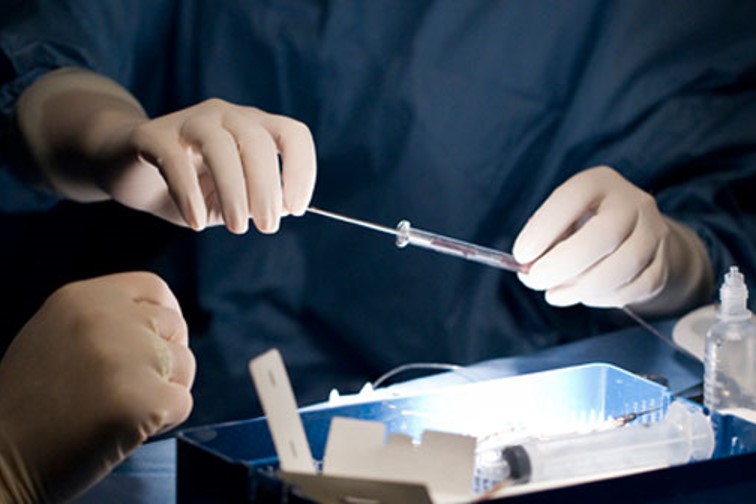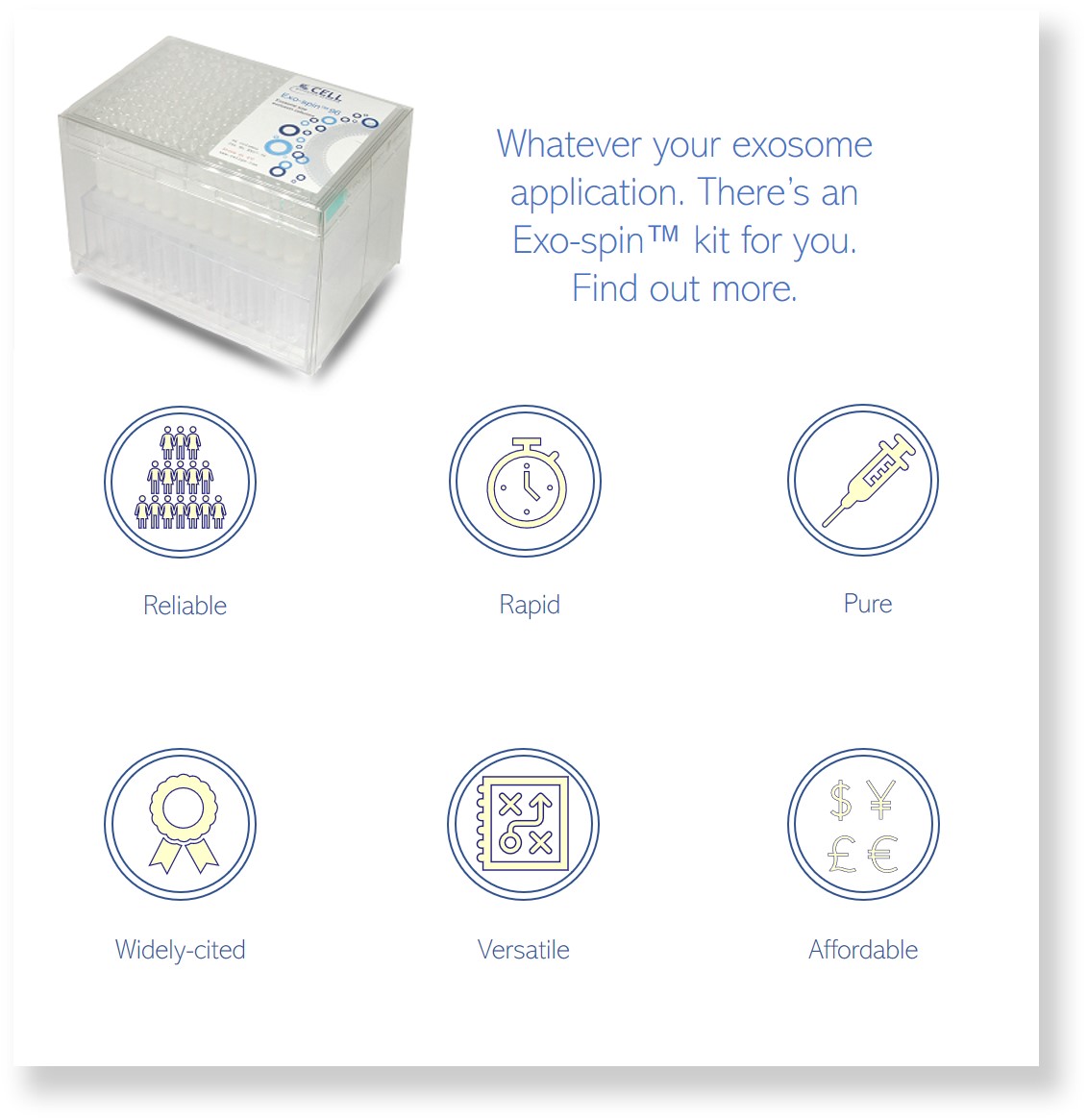Regenerative medicine: lost in translation

Regenerative medicine aims to address the underlying causes of a patient’s condition to replace lost tissue and restore normal function. But the challenge for regenerative medicine of translating basic research into clinical therapies is immense.
The myth of Prometheus—the Greek god whose liver would regrow after it was feasted, day after day, by Zeus' eagle—emphasizes the remarkable regenerative capacity of the liver. Although it is doubtful that ancient Greeks could have observed this phenomenon already thousands of years ago, this mythology has captured the imagination of those involved in the field of regeneration research.
Regenerative medicine taps into the extraordinary self-healing ability of the human body by using advancements in the study of cells/tissue engineering. While traditional drugs/therapies only help facilitate the natural healing ability of the body to treat symptoms, regenerative medicine aims to address the underlying causes of a patient’s condition to restore normal function.
In many ways, regenerative medicine has been become the leading edge for the global healthcare system—bringing the next evolution of hope to biomedical research and clinical practice. Nowadays, many healthcare providers offer a variety of regenerative therapies, such as PRP therapy, ADSCs, Bone Marrow Aspiration Concentrate and Prolotherapy as part of their services.
Exosomes have also been gaining considerable interest in regenerative medicine therapy. The potential advantage of utilizing exosomes to other regenerative therapies is the lack of many of the inherent risk associated with cell-based therapies, such as lack of replicating potential and the risk of malignant transformation, lack of immunogenic response and targeted action at the site of interest.
On delivery to specific diseased tissue, under specific conditions, exosomes have also been shown to elicit tissue regeneration, homeostasis, and the silencing of specific genes. By utilizing their full potential, exosomes can enable researchers to overcome the limitations of existing methods and target the disease at a cellular level.
However, for all the talk suggesting the role of regenerative medicine in transforming the future of healthcare, it is often inaccessible to patients. Currently, there are only 64 approved regenerative medicine products worldwide. As of last year, only 11 regenerative therapies/products have received marketing authorization approval in Europe. The FDA has only just approved two regenerative therapies, namely the hematopoietic progenitor cell products and the recently approved T-cell therapy for cancer.
A lot of developments have taken place in the field and ideas for new therapies are plentiful. The scarcity of licensed products may be due to inadequate clinical evidence and the highly regulated, time-consuming and expensive road to commercialization and market access.
Regulatory agencies require manufacturers to show that their drug products are consistently safe and effective for continued marketing. However, most new regenerative medicines researches are conducted by academia or small-/medium-sized enterprises.
With limited resources available, it is hard for these organizations to follow through the complex drug development pathway to produce scientifically valid, traceable and reproducible data. Efforts to comply with the requirements of existing regulations also cause significant delays in research and development.
Many big players in the industry have proven that they can provide cures for rare/severe diseases. A remaining issue is how to scale up the lab-scale ideas to commercial reality—manufacturing to commercial levels at a high enough throughput and low enough cost.
Considerations of the uncertain long-term effects due to the persistence of therapeutic cells and high costs also raise concerns surrounding the affordability and commercialization of regenerative medicines. Even if those products do succeed, few have the potential to become blockbusters with the availability of alternative, more cost-effective treatments.
Due to these reasons, some unscrupulous manufacturers and/or healthcare providers continue to illegally market unapproved regenerative products. Despite the warnings from the FDA, CAT and other regulatory agencies of their serious side effects, unapproved products continue to circulate in the market.
Limitations in the standard of care and unmet clinical needs—especially for populations with rare/severe diseases with no specific treatment or cure —illustrate the weight of expectation for regenerative medicine to transform the future of healthcare. Challenges remain ahead, and efficient development will only be possible with the help of all stakeholders.
For their part, researchers are increasing their expertise in areas such as technology/knowledge transfer, pharmaceutical development and regulatory affairs to help enhance the value of their research with an ever-clearer view on market commercialization.
Streamlined regulatory paths for more harmonized regulation, economic incentives and increased investments will also help fuel the innovation towards a shared goal of successful delivery of regulated products to patients. As highlighted by the COVID-19 pandemic, adaptations of regulatory processes can speed up clinical research significantly.
IMAGE: Bryan Jones cc4

